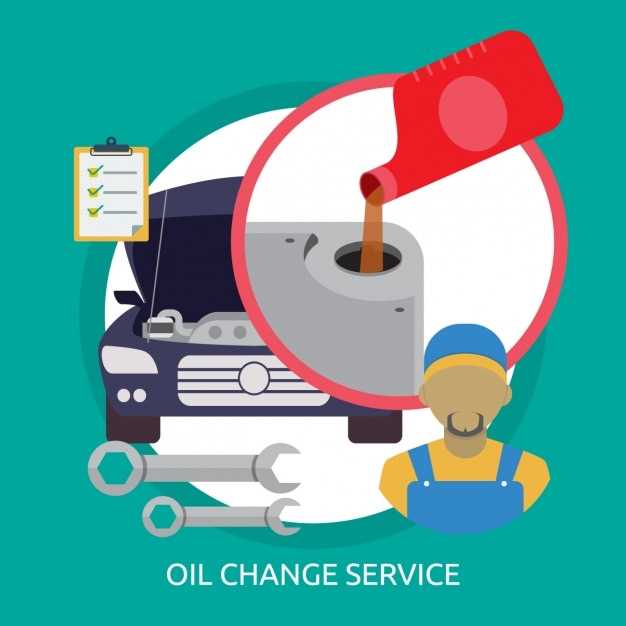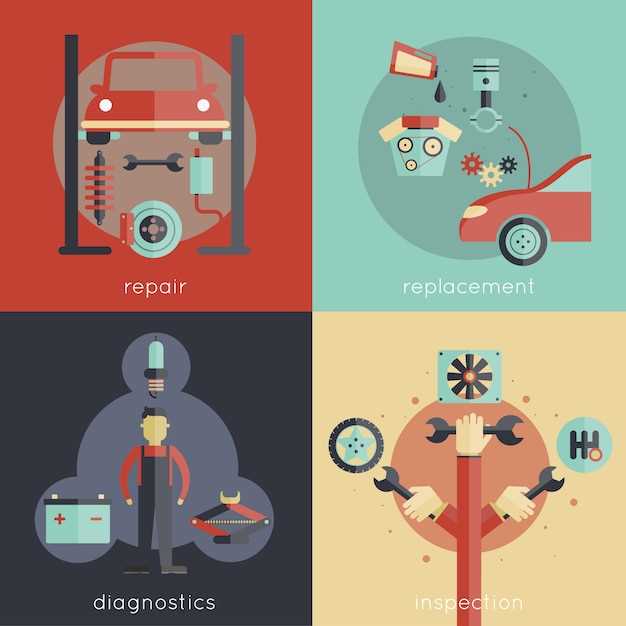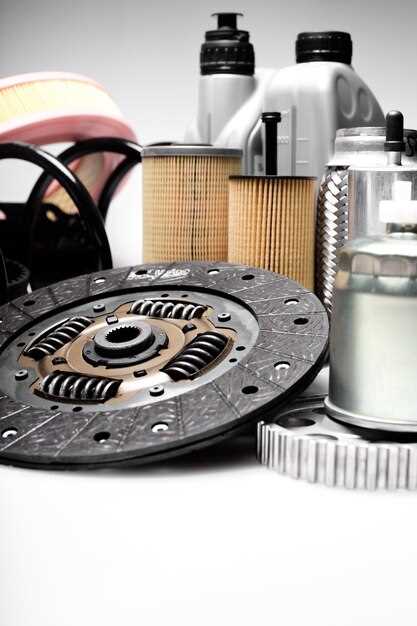
Understanding the common parts failures in Toyota vehicles is essential for any car owner looking to maintain their vehicle’s performance and reliability. Many Toyota models are known for their durability, yet certain components may experience wear and tear over time, leading to potential issues if not addressed promptly. Recognizing these common failures can help drivers make informed decisions about replacement and maintenance.
In this guide, we will delve into the frequently failing parts within Toyota cars, including their symptoms, causes, and the steps necessary for replacement. From the engine and transmission to brakes and electrical systems, understanding these components is crucial for ensuring the longevity of your vehicle. With proper knowledge and proactive care, you can avoid severe damage and keep your Toyota running smoothly.
By identifying early signs of failure and knowing how to replace essential parts, Toyota owners can enhance their driving experience while extending the lifespan of their vehicles. Join us as we explore the intricacies of Toyota maintenance and equip yourself with the knowledge to tackle common issues head-on.
Identifying Symptoms of Worn-Out Brake Components
Brake components are essential for the proper functioning of your vehicle’s braking system. Recognizing the symptoms of worn-out parts can prevent further damage and ensure your safety on the road. One of the most common signs is a squeaking or squealing noise when applying the brakes. This sound often indicates that the brake pads are worn and need replacement.
Another crucial symptom to watch for is a grinding noise that occurs when braking. This noise typically means that the brake pads are completely worn down, allowing metal to contact the rotors. Ignoring this can lead to rotor damage, requiring more extensive repair work.
If you notice your vehicle pulling to one side while braking, this could suggest uneven wear of the brake pads or problems with the brake calipers. Additionally, a soft or spongy brake pedal indicates air in the brake lines or failing components, which requires immediate attention to prevent brake failure.
Vibrations in the brake pedal can signal warped brake rotors, necessitating replacement or resurfacing. Also, keep an eye on the brake fluid level; if it consistently drops, this could indicate a leak in the brake system, requiring inspection of all related parts.
Lastly, the dashboard warning light for the brake system should not be ignored. This alert can point to various issues related to brake components that require prompt repair to ensure your vehicle’s optimal performance and safety.
Steps to Replace a Failing Water Pump in Your Toyota

Replacing a failing water pump in your Toyota is essential for maintaining engine performance and preventing overheating. Follow these detailed steps for a successful repair.
1. Gather Necessary Tools and Parts: Before starting, collect the required tools such as wrenches, pliers, a socket set, and a screwdriver. Purchase a replacement water pump, gasket, and any necessary coolant.
2. Disconnect the Battery: Begin by disconnecting the negative terminal of the battery to ensure safety while working on the engine.
3. Drain the Coolant: Place a drain pan under the radiator and open the drain valve to remove the coolant. This step prevents spills and allows for easier access to the water pump.
4. Remove the Serpentine Belt: Loosen the tensioner and slide the serpentine belt off the water pump pulleys. This will give you more room to work.
5. Disconnect Hoses: Carefully remove the hoses connected to the water pump. You may need to use pliers to loosen the clamps. Be prepared for any remaining coolant to leak out.
6. Remove the Old Water Pump: Unscrew the bolts securing the water pump to the engine block using a socket wrench. Once all bolts are removed, carefully pull the old pump away from the engine.
7. Clean the Surface: Use a scraper or a clean cloth to remove any old gasket material from the engine block. Ensuring a clean surface is critical for a proper seal with the new pump.
8. Install the New Water Pump: Position the new water pump in place and align it with the bolt holes. Place the new gasket on the engine block and secure the pump with bolts, tightening them in a crisscross pattern for even pressure.
9. Reconnect Hoses: Reattach the hoses to the new water pump, ensuring they are secured tightly with their clamps.
10. Reinstall the Serpentine Belt: Place the serpentine belt back onto the water pump pulley and adjust the tensioner to restore proper tension on the belt.
11. Refill the Coolant: Pour the recommended coolant back into the radiator. Check for any leaks around the new water pump and hoses.
12. Reconnect the Battery: Finally, reconnect the negative terminal of the battery and start the engine. Monitor the temperature gauge to ensure that the vehicle is operating within the normal range.
By following these steps, you can successfully replace a failing water pump in your Toyota and maintain optimal engine function.
Recognizing and Fixing Transmission Fluid Leaks

Transmission fluid leaks can lead to severe damage if not addressed promptly. Recognizing the symptoms early on can save you from costly repairs. Common indicators of a leak include reddish-brown puddles under your vehicle, a slipping transmission, or unusual whining noises while shifting gears.
First, inspect the area around the transmission for signs of fluid accumulation. You may also notice a burning smell, which indicates overheating due to low fluid levels. It’s essential to perform regular checks of your transmission fluid level and condition. If it appears dark or has a burnt odor, it’s time for a replacement.
To fix a transmission fluid leak, start by identifying the source of the leak. Common parts that may fail include the transmission pan gasket, cooler lines, and the input/output shaft seals. Once the source is located, you can proceed with the repair. If the leak stems from a worn gasket, replacing it with a new one is a straightforward task. For damaged lines or seals, replacing these parts is crucial for maintaining the integrity of the transmission system.
When replacing any parts, ensure you use high-quality components that meet manufacturer specifications. After repairs, refill the transmission with the appropriate fluid type and check for any remaining leaks. Regular maintenance can help prevent future issues and keep your transmission running smoothly.




